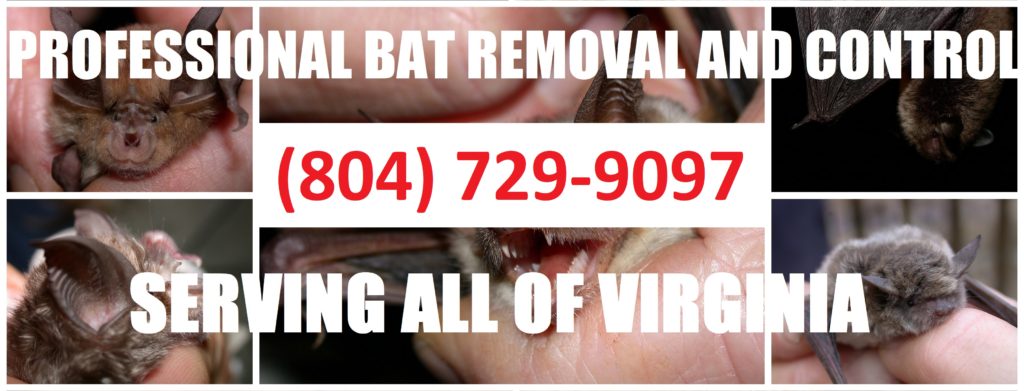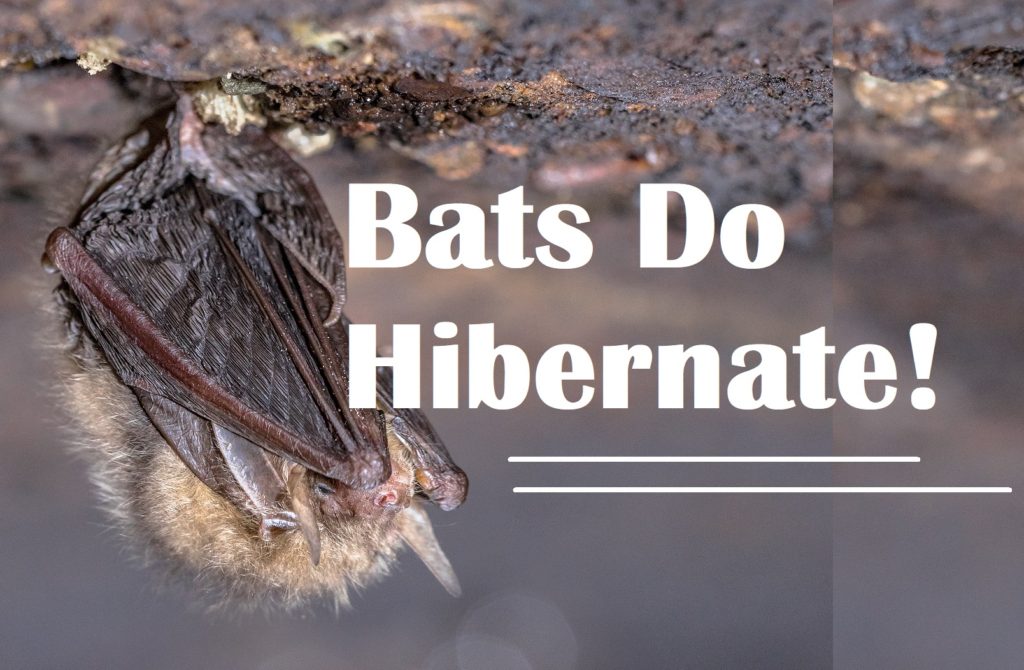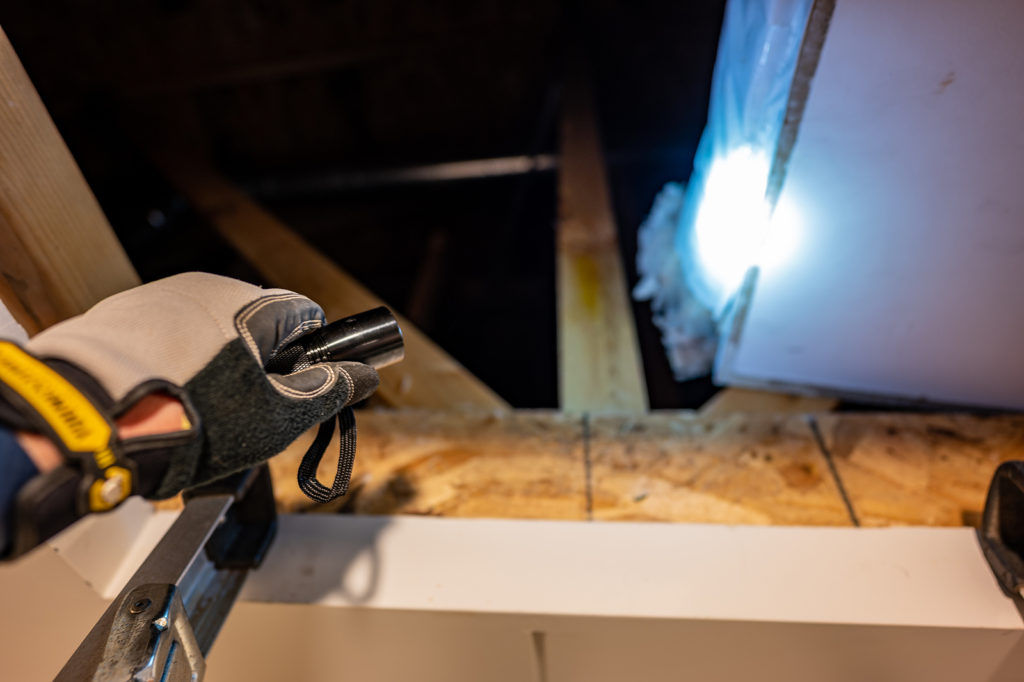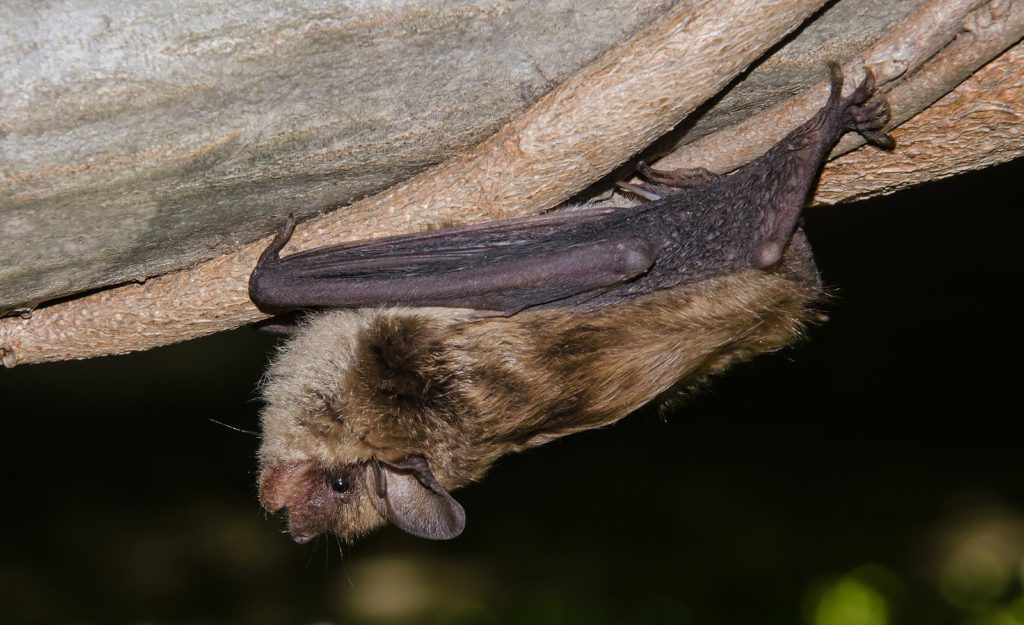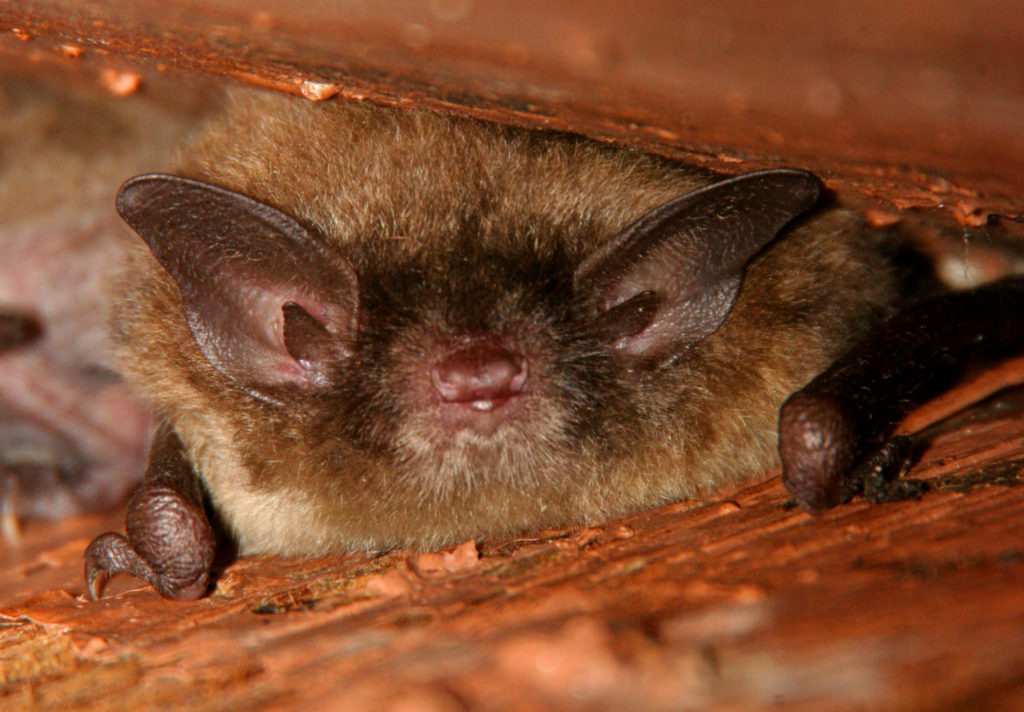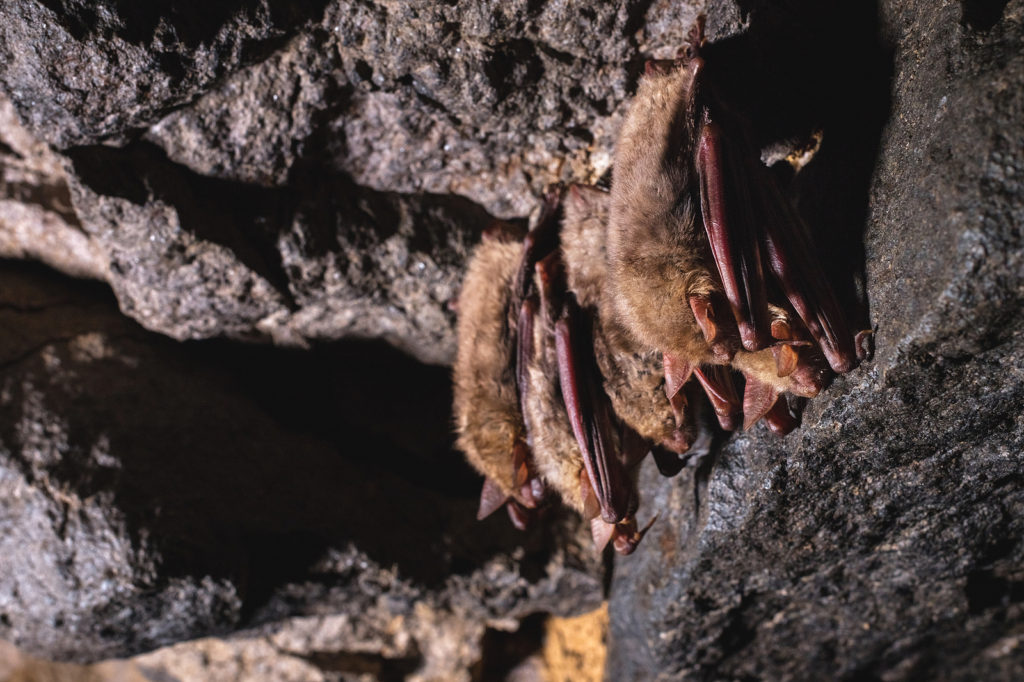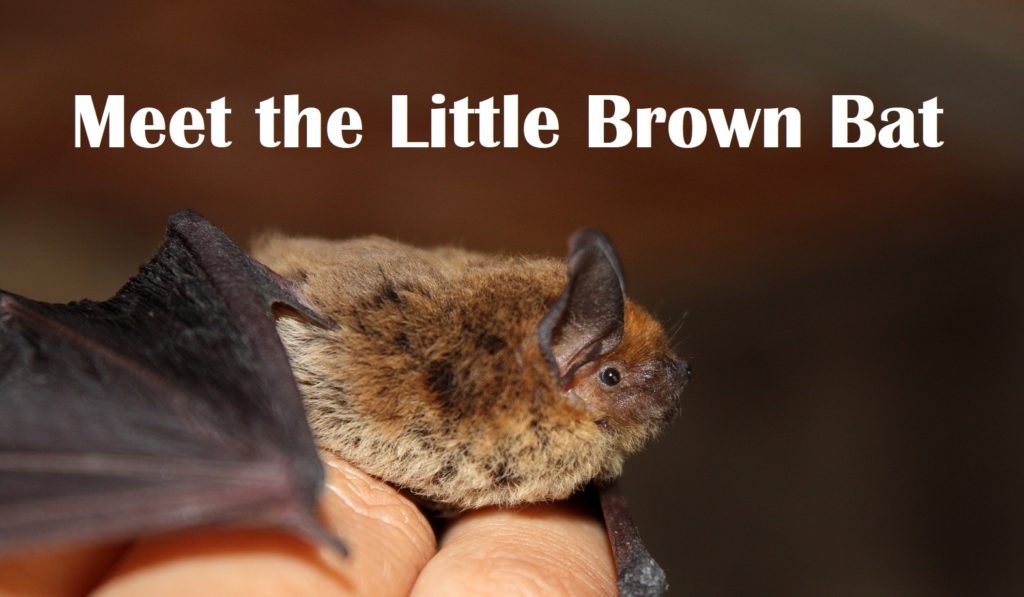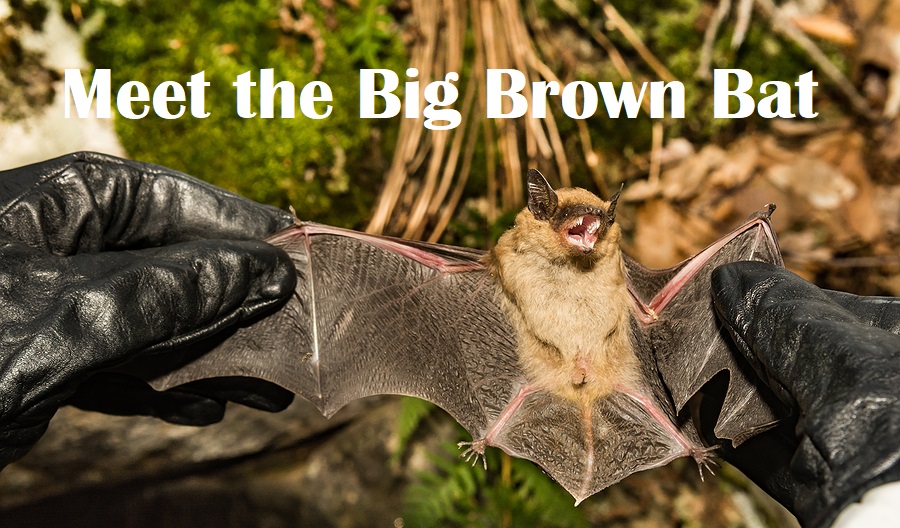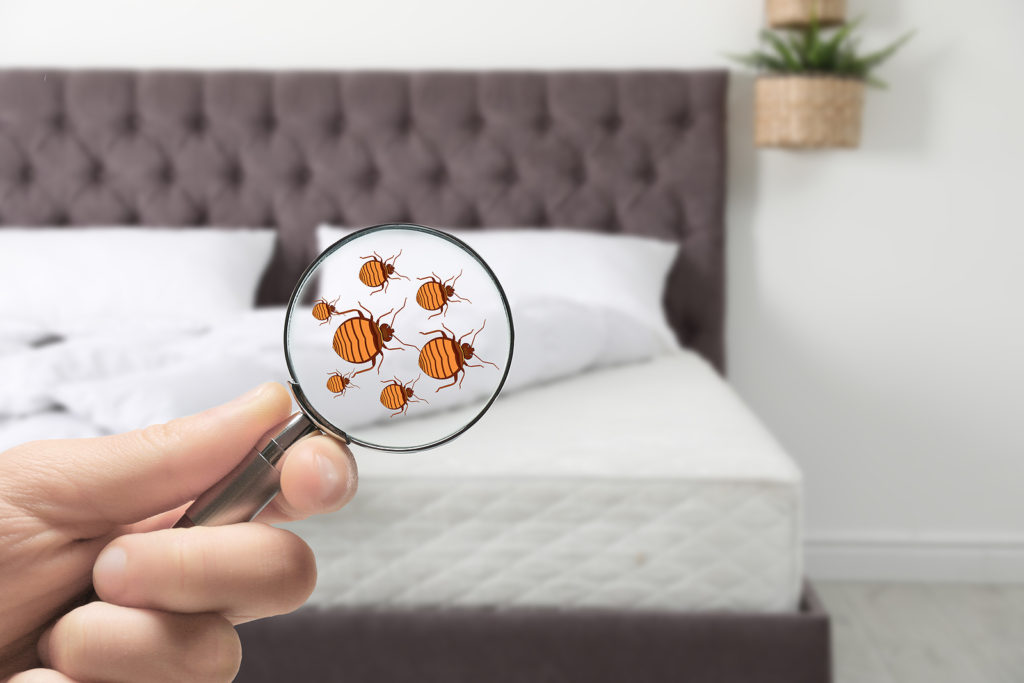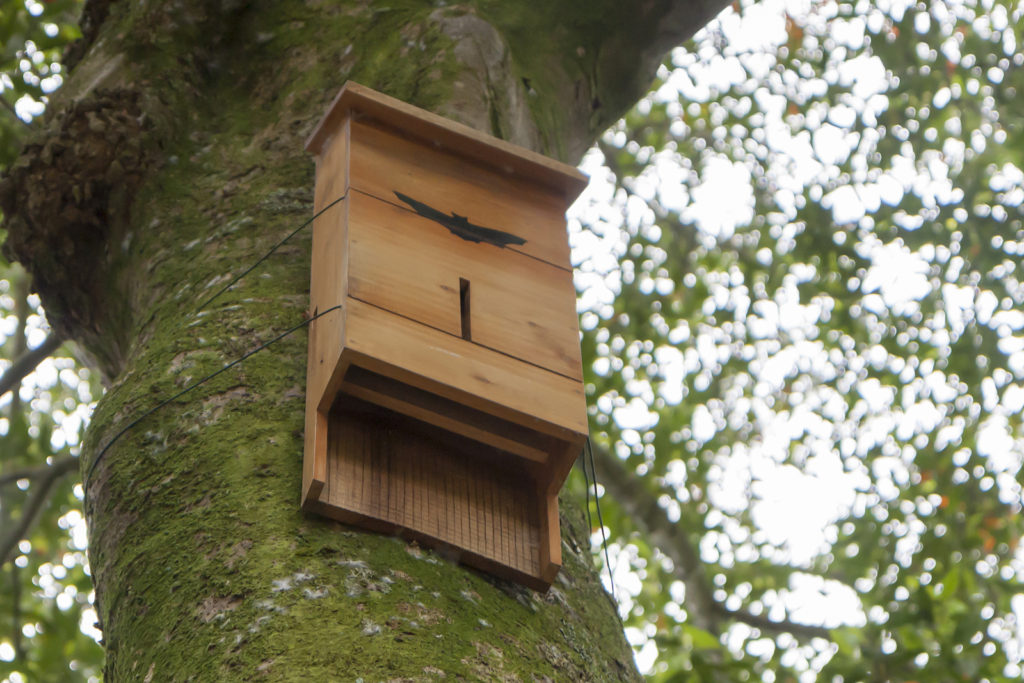One of the most common reasons Virginia wildlife control professionals get calls for bat removal is because the house cat has caught one. Cats love to chase and capture small animals, and bats are the perfect toy for them. If bats are near your home, and you have a domesticated cat, then chances are, your feline will eventually spot them and go for the kill. This is a very common occurrence among households with outdoor cats. Whether a cat kills, wounds, or simply traps a bat, it is helpful to know what to do.
Continue reading to learn what to do if your cat catches or kills a bat, including where to find emergency dead animal removal near you.

Bat Removal is For Trained Professionals
Bat removal is not a task recommended for anyone without proper training, licensing, and equipment. Bats should never be harmed or killed under any circumstances, especially since they are highly beneficial parts of our surrounding Eco-system. So, if your cat drags a live bat into the house, do not attempt to harm, kill, or trap. Instead, refer to the safe and humane tips below while waiting for a licensed Virginia bat removal and control service to come and take away the bat safely.
What to Do if Your Cat Catches or Kills a Bat:
Lock up any domesticated pets so they cannot come into contact with the bat.
Keep children away and/or out of the room.
Call the cat to you so it leaves the bat by itself. If the cat refuses to leave the bat alone, try to get the cat back outside. Once outside, go inside and do not let the cat back in until the wildlife contractors arrive.
If the cat leaves the bat, grab a long handle or stick (a broom will do) and lightly tap the floor in front of the bat to see if it can still fly away.
If the bat can fly, keep all windows and doors open for a few hours to allow the bat to escape.
If the bat cannot fly, leave it alone and keep your distance. Wait outdoors for bat removal contractors to arrive.
If your cat has not been vaccinated for Rabies, call your vet to schedule an appointment and have them examined and vaccinated.
Do you need emergency bat removal or dead animal removal? Contact Virginia Bat Pros at 804-729-9097 for prompt and professional bat removal and control you can afford. We serve residential and commercial clients.
Related Posts:
Will Bats Attack My Dog?
A List of Household Spices to Keep Bats Away
How Much Does Bat Removal and Control Cost?
